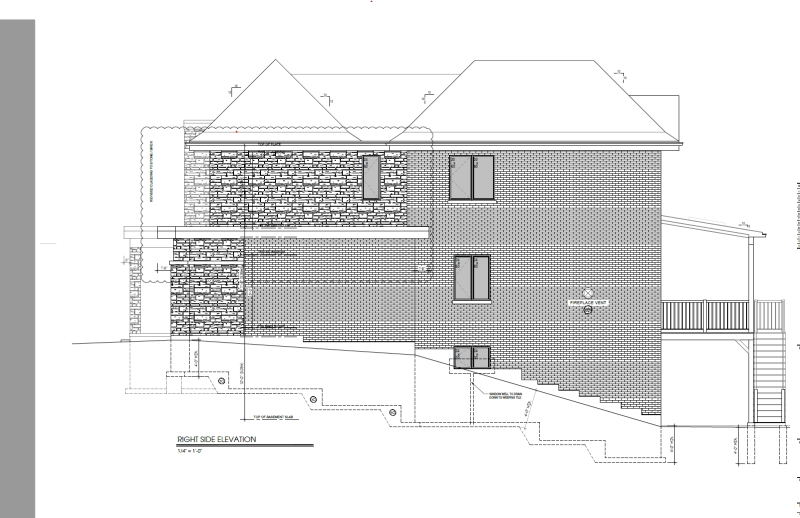lubos1984
Structural
- Jul 5, 2019
- 65
Good Morning Everyone,
I have been requested to look at a newly built house that has recently had a brick veneer installed. The Builder contacted me to review a continuous vertical crack as you can see from the pictures.
I was wondering what your thoughts are in the cause of this crack (thermal variations, shrinkage or foundation settlement. What would be the best course of action to determine the cause of crack.
I have attached pics for reference.
Thank you all once again for your help and time, it is always appreciated.
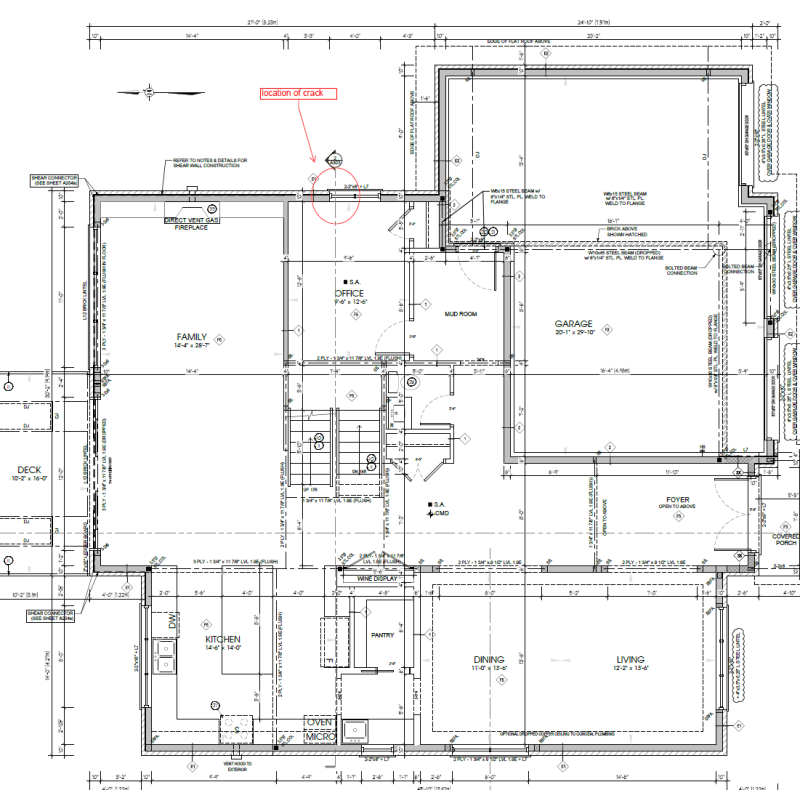
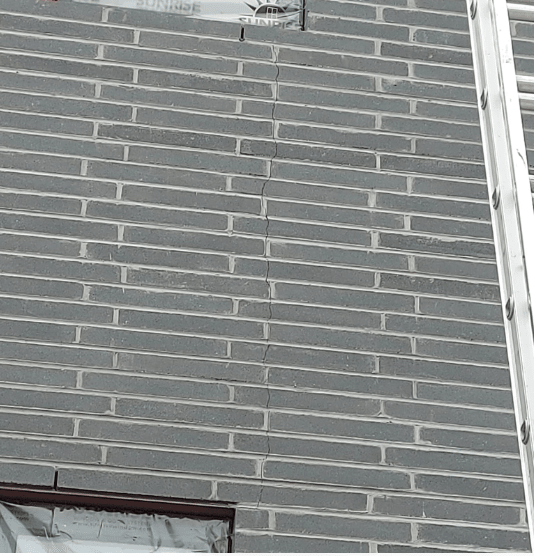
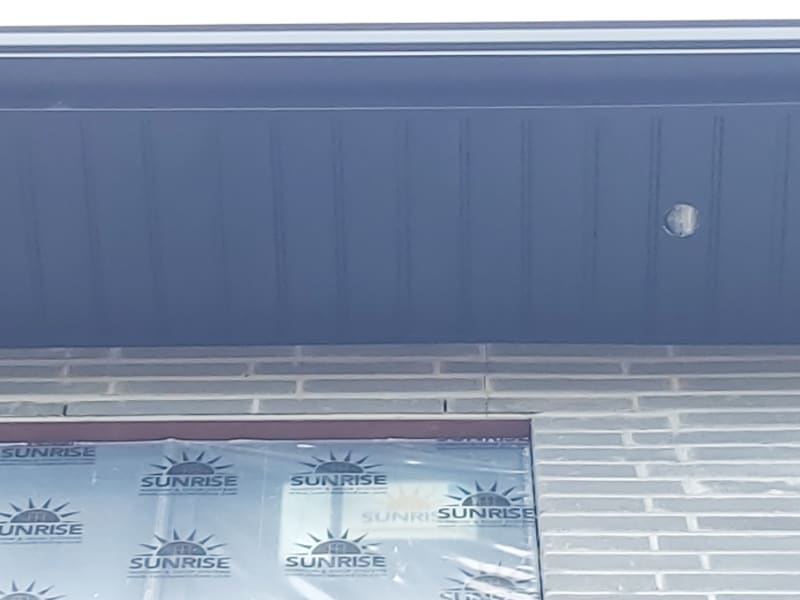
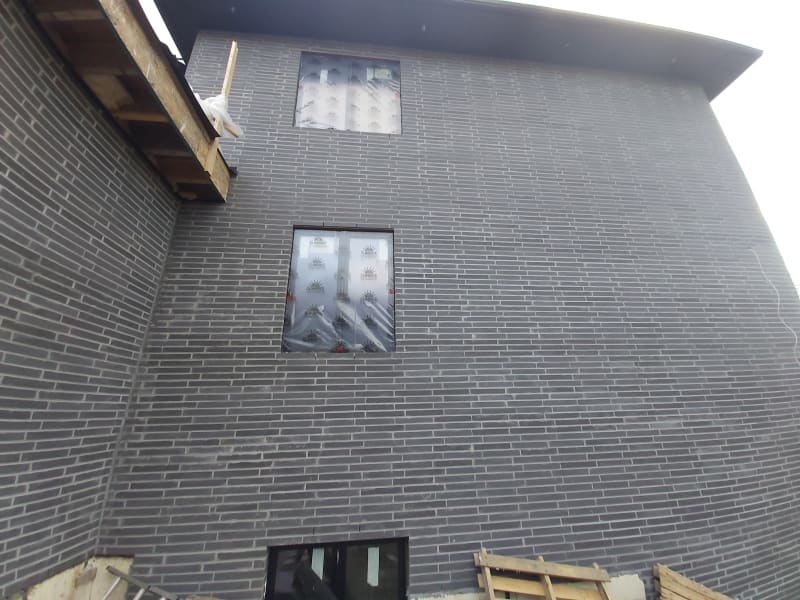

I have been requested to look at a newly built house that has recently had a brick veneer installed. The Builder contacted me to review a continuous vertical crack as you can see from the pictures.
I was wondering what your thoughts are in the cause of this crack (thermal variations, shrinkage or foundation settlement. What would be the best course of action to determine the cause of crack.
I have attached pics for reference.
Thank you all once again for your help and time, it is always appreciated.






